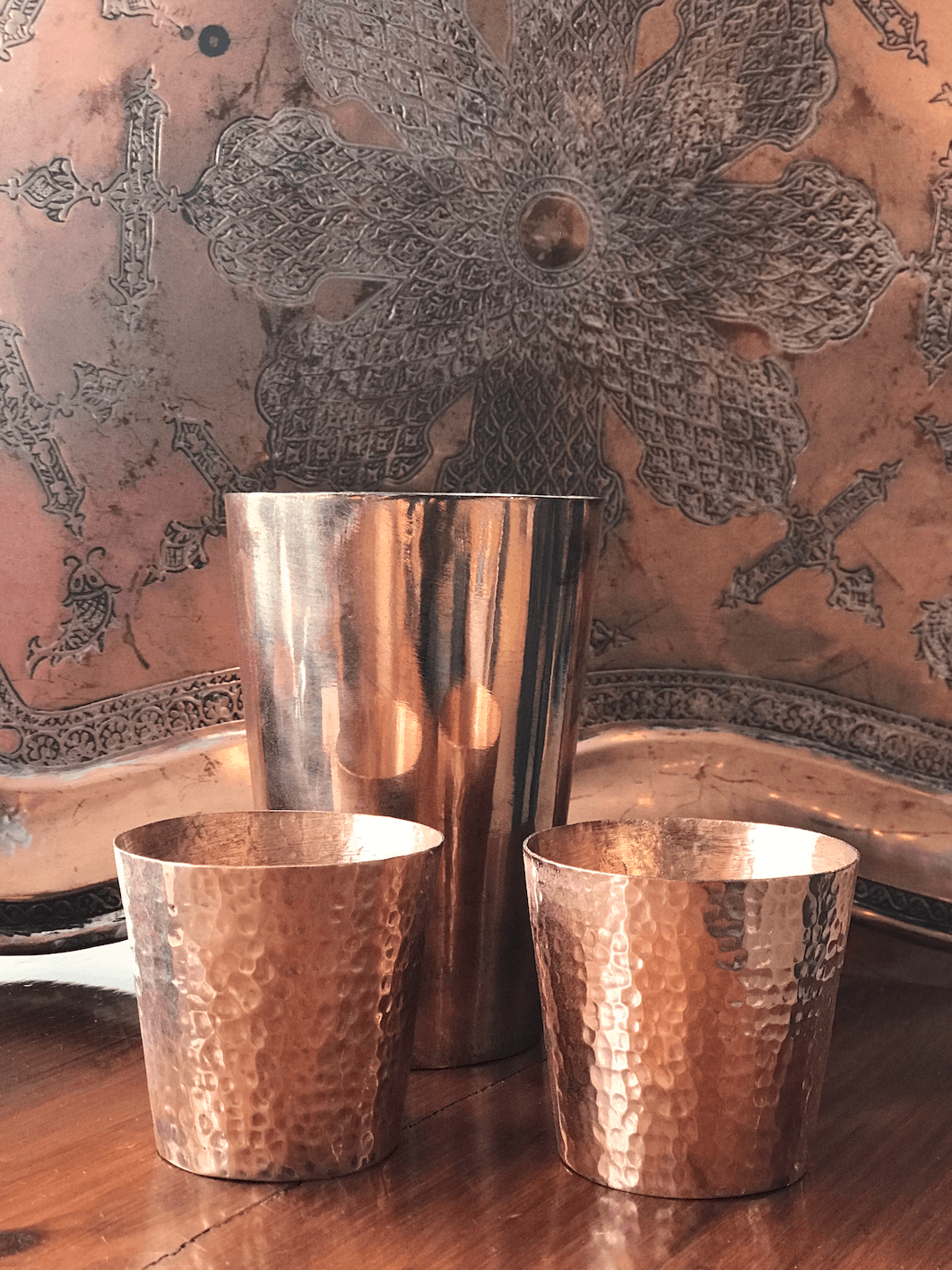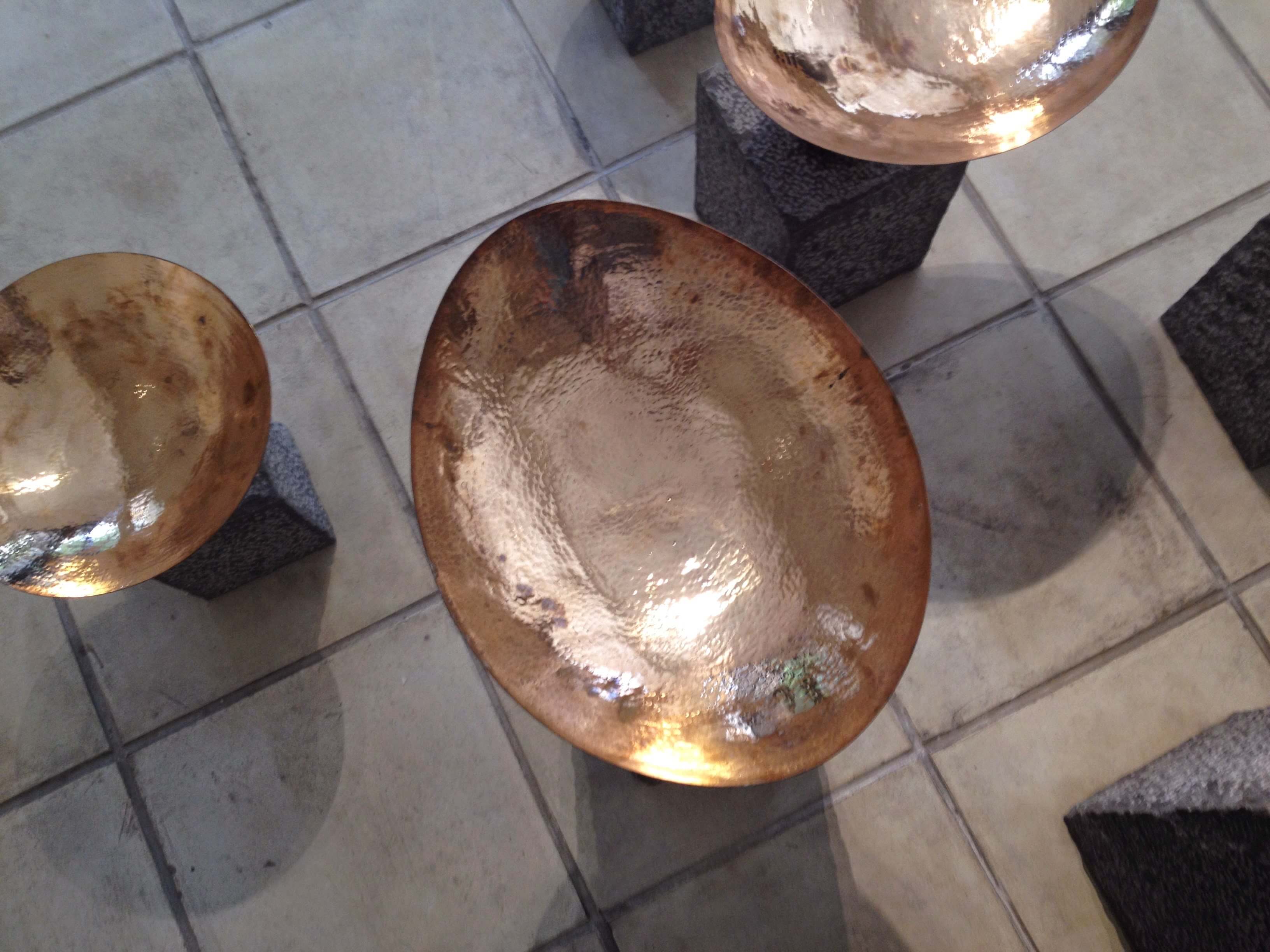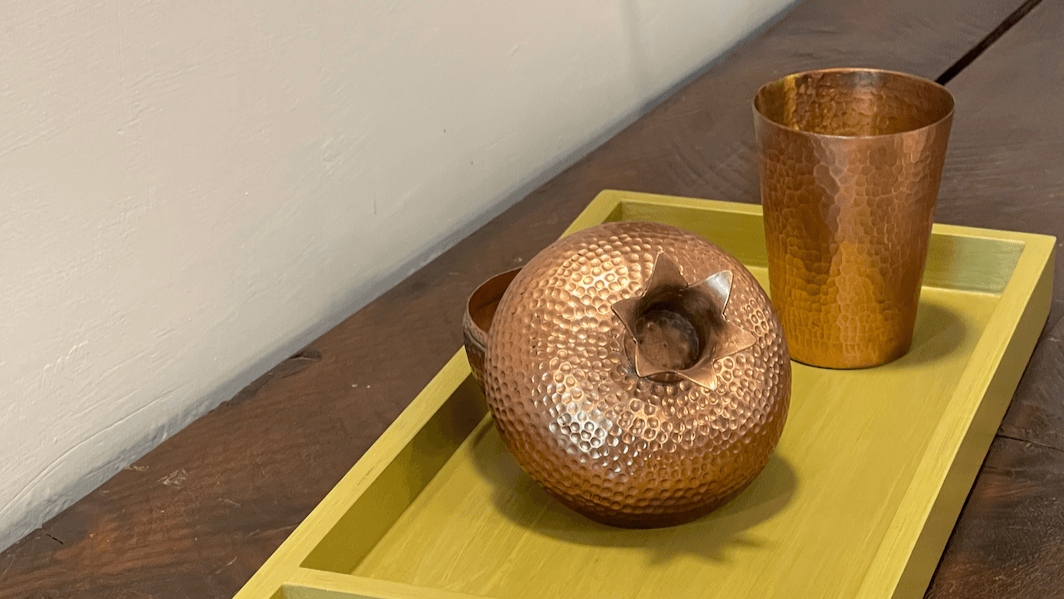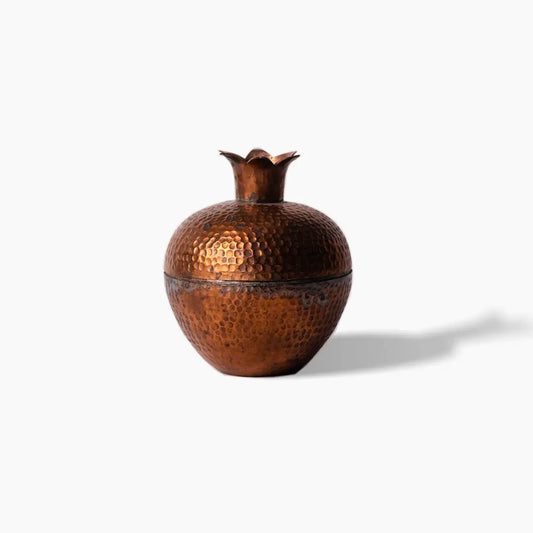Multan, Punjab
Copper
Copper craft is one of Pakistan’s most celebrated artisanal traditions, with roots tracing back centuries. Renowned for its blend of aesthetic beauty and functional utility, copper work involves shaping, engraving, and sometimes gilding pure copper into exquisite decorative items, kitchenware, and architectural elements. From intricately engraved trays and vases to handcrafted utensils, copper craftsmanship represents the skill and heritage of the artisans, particularly in regions like Peshawar, Multan, and Lahore.
Copper, prized for its warm, rich hue and durability, has long been a symbol of refinement and luxury, yet remains deeply tied to everyday life, serving as both practical and ornamental.



Collapsible content
Craftsmanship and Techniques
1. Copper Shaping
The process begins with heating and hammering sheets of copper to form desired shapes. Whether it’s a water pitcher, tray, or decorative bowl, artisans skillfully manipulate the metal using traditional hand tools to achieve the desired form.
2. Engraving and Embellishment
Once shaped, the surface is intricately engraved with floral, geometric, or abstract patterns, often inspired by Islamic art or local traditions. This engraving process requires precision, with artisans using chisels and fine tools to carve the designs directly into the copper surface.
3. Polishing and Gilding
After engraving, the copper is polished to bring out its natural, warm glow. Some pieces are further enhanced with gold or silver gilding, adding a touch of luxury to the already intricate design. Polishing also helps protect the metal from tarnishing, ensuring longevity.
4. Tinning (Kalai)
Copper cookware often undergoes tinning, a process where the interior of the vessel is coated with tin to prevent the metal from reacting with food. This ancient practice is still used today in traditional Pakistani kitchens, especially for items like cooking pots and serving platters.
Cultural and Historical Significance
Copper holds a special place in Pakistan’s cultural history, symbolizing both tradition and practicality. In the past, copper utensils were a common sight in Pakistani homes, where they were prized for their ability to retain heat and improve the taste of food. Copper trays, vases, and other decorative items were often used in wedding ceremonies and as heirlooms, passed down through generations. The ornate patterns and motifs reflect regional influences, making each piece a blend of artistic expression and cultural identity.
Modern Relevance
Despite the availability of modern materials, copper remains highly relevant in both home décor and kitchenware today. Artisans continue to craft decorative pieces, such as mirrors, vases, and wall art, as well as functional items like pots, trays, and serving utensils. The natural beauty of copper, combined with its handcrafted origins, has made it a popular choice in modern interior design, blending rustic elegance with contemporary aesthetics.
Copper’s timeless appeal and connection to sustainability and handcrafted traditions ensure its enduring place in both heritage preservation and modern lifestyle.
Shop Copper products
-
Copper Anaar
Regular price Rs. 8,950Regular priceUnit price / per

